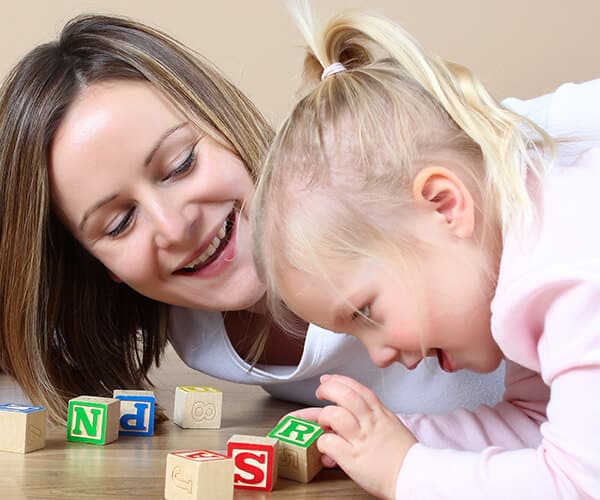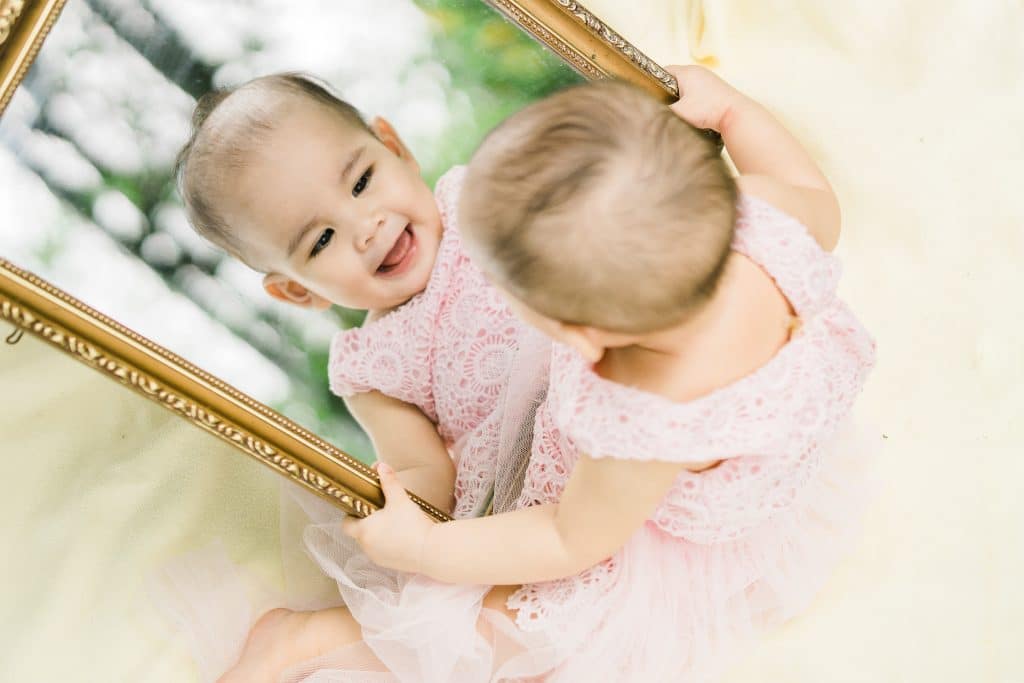Planning an Engaging Curriculum
Two of the most basic and, at the same time, important questions childcare professionals need to consider are: “What should the children in my care know?” and “How do we know if our children are making progress in their development and learning what we want them to know?”
So, basically, the questions are, What Curriculum are we going to use, and how are we going to assess the children’s progress?
Let’s start with this question: What are the Indicators of an Effective Curriculum?
As a teacher, your goal is to implement experiences and activities that are carefully planned, engaging, developmentally appropriate, and culturally and linguistically responsive. Have experiences that promote growth and positive outcomes for all the children in your care. According to the National Association for the Education of Young Children (NAEYC) and the National Association of Early Childhood Specialists in State Departments of Education (NAECS/SDE) (2009), an effective curriculum can be identified by the following indicators:
- Preschool children in your classroom and program are active and engaged.
- Goals for preschoolers are clear and are shared by all (yourself, families, any related professionals or support personnel, your T&CS, or administrator).
- The curriculum is evidence-based. In other words, it is based on research-oriented knowledge about quality practices in the field of early childhood education.
- Experiences and activities are meaningful and intentional and involve preschool children’s engagement with and exploration of their environment.
- Experiences and activities build on preschool children’s prior learning and knowledge.
- The curriculum is comprehensive and addresses all areas of child development.

Gathering Infomation
When you take the time to gather information about the development of your children in your class, it will help you make informed decisions about their growth. This information will help you identify needs or concerns that may need more support than what you give them.
Gathering information will help you implement assessment practices that are respectful of each child’s unique strengths in their abilities and needs, developmentally appropriate, and includes all areas of development. Communication with families will help ensure that the assessments are culturally sensitive.
Assessment Practices
When implementing assessment practices, consider that whatever practice you choose will play an essential role as you manage your classroom. This assessment information should be used to support growth and positive outcomes for all children. Familiarize yourself with the following indicators of effective assessment practices, as stated by the National Association for the Education of Young Children (NAEYC) and the National Association of Early Childhood Specialists in State Departments of Education (NAECS/SDE) (2009):
- Assessments are developmentally appropriate and culturally and linguistically sensitive for preschool children in your care.
- Families know about assessments and are invited to be part of the process.
- Assessment information and evidence are gathered from realistic settings and situations that reflect preschoolers’ actual performance within their daily experiences.
- The assessment is developmentally and educationally significant for each child.
- Assessments include multiple sources of evidence about a preschooler’s performance and are gathered over time.
- Evidence gathered from assessments is used to understand preschool children better and improve their development and learning.
- Assessment practices are ethical and responsible. For example, assessment instruments or screening tools are appropriately used based on their intended design and purpose.
- Assessment evidence is collected in multiple and realistic ways, and any decisions regarding a child are not based on a single observation or assessment tool. In addition, children are not publicly compared to one another. Instead, they and their families are encouraged to reflect on the child’s own growth over time.

Curriculum and Play
Learning through play is a central component of the curriculum. A good curriculum will incorporate strategies to extend learning through play across all domains and the entire age span of your learning center. Ideally, the curriculum should be planned so that children’s knowledge and skills are developed coherently, with each age or grade span building on what was learned previously.
A well-designed developmentally and culturally relevant curriculum avoids and counters cultural or individual bias or stereotypes and fosters a positive learning environment.

Mirrors and Windows
A professor once told me curriculum development is like mirrors and windows. She said the curriculum should provide mirrors so that children see themselves, their families, and their communities. It should be reflected in the learning environment, materials, and activities.
She explained windows by telling us that the curriculum should provide windows of the world to the children.
Children should be able to learn about different people and places and art and science in a way they may never experience. In diverse and inclusive learning communities, one child’s mirrors are another child’s windows, making for beautiful opportunities for collaborative learning. Children learn more in programs where there is a knowledge-rich, well-rounded curriculum that is well-planned and implemented.
In this video from Virtual Lab School, providers will share how they aim for growth and positive outcomes for all preschoolers in their care.
